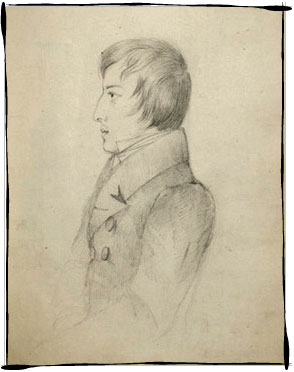



About waltz
Waltz is a dance music genre, in the ¾ time signature and quite brisk tempo. It originates mainly form an Austrian folk dance, Ländler (German: Ländler), but also other related rotating dances, such as Deutscher Tanz, Steirischer (in Poland referred to as sztajerek) or Dreher. A characteristic feature is the spinning movement of the dancing pairs, hence its name (from German: walzen – to turn). There is a number of varieties of waltz, out of which the most famous ones are the lively Viennese Waltz and slower and more nostalgic English Waltz. The dance gained popularity in the late 18th century, expanding from the peasant’s community to almost all social classes: from bourgeois salons to aristocratic ball rooms. In the 19th century it was concert waltzes of Viennese genre, composed by Joseph Lanner and Johann Strauss (father) and Johann Strauss (son), that enjoyed significant interest. At the same time stylised waltzes would be composed, in particular for the back then popular piano; among their authors one should mention the most outstanding ones: C.M. von Weber, F. Schubert and, certainly, F. Chopin.
Waltzes by Chopin
Chopin familiarised himself with the folk waltz for the first time probably during his holiday stays in Szafarnia. In a letter to his parents from 1825 he wrote: “There began dancing, a waltz and an obertas, but to encourage the farm-hands standing in silence and only jumping around on the spot, I made the first couple for the waltz with Miss Tekla, and at the end with Mrs Dziewanowska. Afterwards, everyone became so enthused that they danced in the courtyard until they dropped (...).” The same letter and a slightly later one constitute probably the earliest proof of Chopin’s compositional attempts in this genre: “Sisters, I wanted to send you my little waltz, but I have no time to write (...).” There is no doubt that Chopin was composing waltzes from the earliest age. 18 waltzes have been preserved to our times, out of which only 8 were published by the composer. It is also known that 8 pieces of this genre are lost.
Eight waltzes, to which Chopin gave opus numbers, are pieces of the highest quality. They are dance poems, in which the composer masterfully combines the elegance of a sophisticated salon with refined melodic brilliance and intricate harmony. Generally, they can be divided into two types. The first is the virtuoso valse brillante, maintained in fast tempo, very often with a distinctive introduction and flamboyant coda, as, e.g., the Waltz in E-flat major, Op. 34 No. 1 or the Waltz in A-flat major, Op. 42. The second type are melancholic and nostalgic waltzes, maintained in a slower tempo and minor keys, as the Waltz in A minor, Op. 34 No. 3 or the Waltz in C-sharp minor, Op. 64.
Next to these extensive waltzes of the official trend, there are also pieces which Chopin did not reveal to the wide group of audience. They are of much smaller size, however, their expression, brilliance and elegance are not inferior to the opused waltzes. These include a number of youth waltzes (e.g., the Waltz in B minor WN19). Waltz was also one of the most popular genres that Chopin would offer as a gift to his pupils and friends. A prominent example is the sentimental Waltz in F minor WN55, preserved in five different autographs, out of which four include dedications.
Waltz in C-sharp minor, Op. 64 No. 2
The second of the waltzes published as opus 64 was dedicated to another queen of the Paris salons – Baroness Charlotte de Rothschild, wife of the famous banker and art patron Nathaniel. Four years earlier, she had received a truly regal gift: the dedication of the F minor Ballade. The C sharp minor Waltz is also a masterpiece in its category – a gem of poetry, expressed in a concise, essential way.
This Waltz takes the form of a ternary dance miniature; it is a dance with trio. The unforgettable opening theme is imbued with harmoniousness, sweetness and melancholy. A small anthology might be compiled from the terms through which commentators have endeavoured to convey its elusive aura. James Huneker deemed its first theme ‘a fascinating, lyrical sorrow’. Chopin has the melody of the trio played a little more slowly and in the key of D flat major, as he sometimes liked to do, altering the tone and timbre via an enharmonic change. With the utmost condensation, a flight of muted elation is effected over the space of barely a dozen bars or so. Chopin enriched the simple form in an unprecedented way: after the passage of each of the themes – both of them lyrical and cantabile in character – he set in motion the airy, ethereal moto perpetuo of a ritornel.
An exemplar for the mélancolique-type waltz, which, during the second half of the century, turned into the valse triste, can be found in the Waltz in A minor, the second of opus 34. The C sharp minor Waltz brings music that is subtler still, even more externalised: its lyrical tone is marked by a unique kind of intimacy.
Author: Mieczysław Tomaszewski
A series of programmes entitled ‘Fryderyk Chopin's Complete Works’
Polish Radio 2

